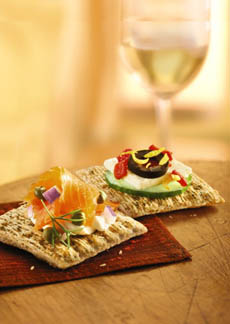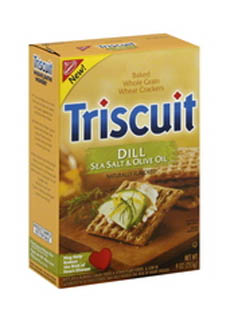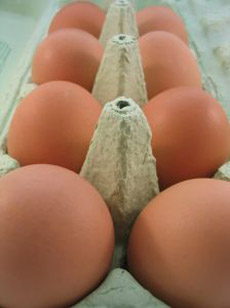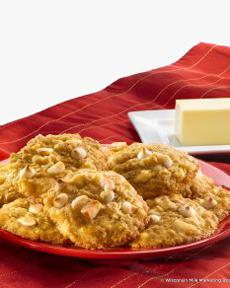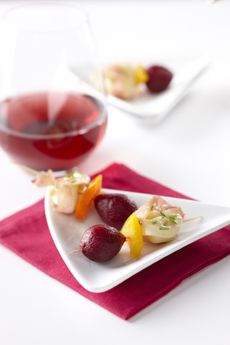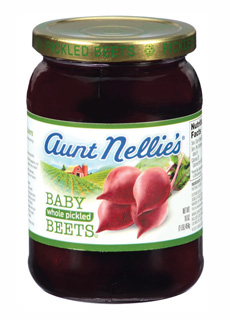|
Make your own salad dressing. Avoid bottled salad dressings, which typically use less expensive oils. A vinaigrette is simply 3 tablespoons of oil to 1 tablespoon of vinegar or other acid, such as citrus juice, whisked or shaken with a pinch of salt. If you like creamy dressings, there are recipes galore—just make them with olive oil.
Cook eggs and sauté foods in olive oil instead of butter. Not only do you get the benefit of olive oil, but you avoid the cholesterol—an enemy of heart healthiness—in butter.
Here’s a third habit that we practice:
Drink two tablespoons of olive oil each day. The FDA has reviewed the research and opines that two tablespoons of olive oil a day will help keep the doctor away; or at least, will help keep your ticker ticking longer.
If it sounds strange to you, be assured that a fine olive oil is delicious.
Five Health Benefits Of Using Olive Oil
1. Anti-inflammatories. Along with having healthy properties that help reduce inflammation in the body, olive oil has heart-beneficial anti-clotting properties.
2. Antioxidants. Olive oil contains powerful antioxidants called polyphenols. The polyphenols slow the progression of atherosclerosis, hardening of the arteries, which occurs when fat, cholesterol and other substances build up in the walls of arteries and form plaque. More about antioxidants.
3. DHPEA-EDA. This is one of the most important polyphenols found in olive oil. Researchers have found that it protects red blood cells from damage.
4. Monounsaturated Fatty Acids. Olive oil is high in monounsaturated fatty acids, which helps to control a person’s LDL (bad) cholesterol, while helping to raise HDL (good, heart-healthy) cholesterol.
5. Secoiridoids. This category of polyphenols, found in olive oil, is being researched for its anti-cancer properties. It is believed to provide the digestive tract with some protection.
Additional research suggests that olive oil has beneficial properties for bone health, cognitive function, and anti-cancer benefits. Additional research is being conducted to discover additional ways that olive oil can be beneficial to our health.
So check the cupboard. If you haven’t used the olive oil in a while, give it a sniff. If musty, use it to condition your hair if you like, but pick up some fresh olive oil at your earliest convenience.
MORE
Olive Oil & Health: Details
The Flavors & Aromas Of Olive Oil
How To Taste & Evaluate Olive Oil
Olive Oil Glossary: Everything You Need To Know
|
